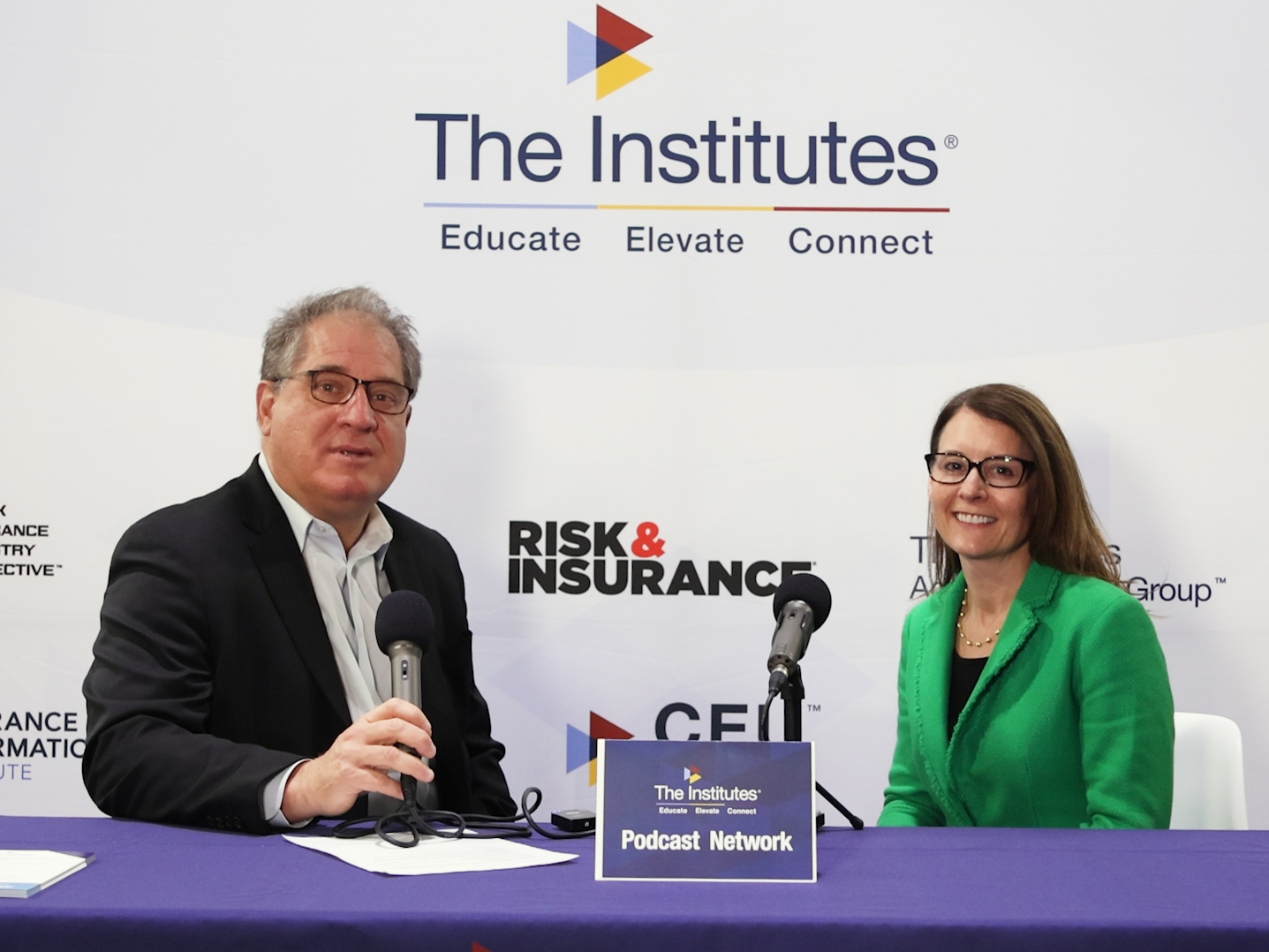How California Is Paving the Way for Gig Economy Benefits and Insurance Regulation

After several years of uncertainty around the status of freelance or “gig” workers in the online economy, a law that took effect on the first of this year in California has put a stake in the ground.
Assembly Bill 5 established a specific set of criteria for which workers have to be treated as employees with insurance coverage and other benefits. There are also several exemptions for some sectors. Litigation preceded the effective date and continues to expand as other big states consider similar legislation.
AB-5 is widely considered the first step in getting insurance and risk management sorted for the gig economy, rather than a codification of best practices.
For example, on January 13, a U.S. District Court judge left in place a temporary restraining order enjoining the enforcement of AB-5 in regard to motor carriers operating in the state, as reported in the National Law Journal. The original restraining order was issued on December 31.
The primary catalyst for AB-5 was the proliferation of online rideshare and mobility services, notably Uber and Lyft, although it applies to workers across the economy.
In a statement from September 11, 2019, Tony West, Uber’s chief legal officer, reiterated the company’s position, even under AB-5: “Because we continue to believe drivers are properly classified as independent, and because we’ll continue to be responsive to what the vast majority of drivers tell us they want most — flexibility — drivers will not be automatically reclassified as employees, even after January of next year.”
He added the company “will continue to respond to claims of misclassification in arbitration and in court as necessary, just as we do now.” As an alternative, rideshare services and many other gig economy companies are putting millions of dollars behind an initiative on the ballot in California this November, the Protect App-Based Drivers Services Act.
A Third Type of Worker
“Uber and Lyft, among other companies, have gone public about the amount of money in their captives,” said Robert Bauer, U.S. sharing economy and mobility leader for Marsh.
“That can be interpreted as the amount of risk they are willing to retain and not transfer to the market. Their position on AB-5 is either that they already comply or that it does not apply. Suits have been filed. The companies have also said they would spend to support the ballot initiative.”
In Bauer’s reading of the ballot initiative, it is clear that the mobility companies are attempting to create a third category of worker.
He indicates specifically SS 7455 “Loss and Liability Protection (a) For the benefit of app-based drivers, occupational accident insurance to cover medical expenses and lost income resulting from injuries suffered while the app-based driver is online with a network company’s online-enabled application or platform.”
The ballot initiative continues: “Policies shall at a minimum provide (1) Coverage for medical expenses incurred, up to at least one million dollars; [and] (2)(A) Disability payments equal to sixty-six percent (66%) of the app-based driver’s average weekly earnings from all network companies as of the date of injury, with minimum and maximum weekly payment rates to be determined in accordance with subdivision (a) of Section 4453 of the Labor Code for up to the first 104 weeks following the injury.”
Bauer explained that “the network operators are very openly stating they are effectively substituting for workers’ compensation. It states how they want the [system] to work, that things can be provided to app-based workers without getting to 100% employee status.”
The ballot initiative includes provisions for how benefits would be calculated based on total earnings across platforms, which would require data sharing that is not currently available.
Presuming that could be accomplished reliably and discreetly, Bauer has other concerns.
“I am slightly nervous about both how underwriting and pricing would work. How could underwriters be able to generate a price for those risks?” he said.
Matching the Model of the Gig Economy
Between AB-5 and the ballot initiative, the discussion is moving into high gear. As well it should, according to Tim Attia, CEO and co-founder of Slice Labs.
“With the gig economy valued at $1.2 trillion, there should be consideration for a new class of workers,” said Attia.
“The on-demand insurance model accounts for this middle ground by being able to turn on and off with the click of a button. This matches the gig economy operating model where a worker can switch between being a gig worker, consumer, full-time employee or entrepreneur.”
Slice operates an insurance engine supporting cloud-based, on-demand digital services. On December 11, AXA XL announced collaboration with Slice and Microsoft to improve cyber health and mitigate risks for Microsoft 365 Business, Office 365 Business Premium and Office 365 Business customers. The new relationship aims to give qualifying customers discounted access to Slice cyber insurance provided by AXA XL.
Beyond AB-5, and similar measures under consideration in a few other large states, “we haven’t seen much legislation or regulation on a national scale yet,” said Attia. “This is a major area of importance in the coming years. While these workers are expected to represent a company’s brand in the capacity of an employee, they are treated like contractors when it comes to their benefits.”
For the time being, “on-demand insurance has reinvented insurance with the gig economy and digital ecosystem customer in mind,” Attia added.
“Traditional annual policies and claims processes aren’t flexible or efficient enough to meet the needs of a major segment of the U.S. economy that needs coverage instantly without having to pay for it when there is no need for insurance. Traditional annual policies and claims processes are antithetical to the gig economy, and the cumbersome processes will slow this new class of workers down, hampering profitability.”
Some Challenges of On-Demand
That said, on-demand insurance presents challenges for claims processing.
“Our technology uses video, artificial intelligence and behavioral science to streamline claims submission and processing,” Attia explained. “We are able to more effectively prevent fraud while providing claims payments at an exponentially faster rate than traditional insurance models.”
Among other lines, the property and casualty business hasn’t addressed a third category of workers, said Estelle Cummings, area vice president at Risk Placement Services. “In most cases, workers are going out and getting their own coverage with the company hiring them as an additional named insured. Many of the companies specify minimum limits. The workers are buying direct, mostly online; not through agents.”
Manny Cho, executive vice president at Risk Placement Services, added “the gig economy does provide opportunities for individuals to work that they may not have had before.”
He also noted that beyond the millions of people now active in the gig economy, there remains a large sector of professional independent contractors such as attorneys, doctors, accountants and journalists.
“That has always been an important area for the big underwriters. It is also a challenging area, one of the harder ones to underwrite. It’s not as simple as a rating table.” &












